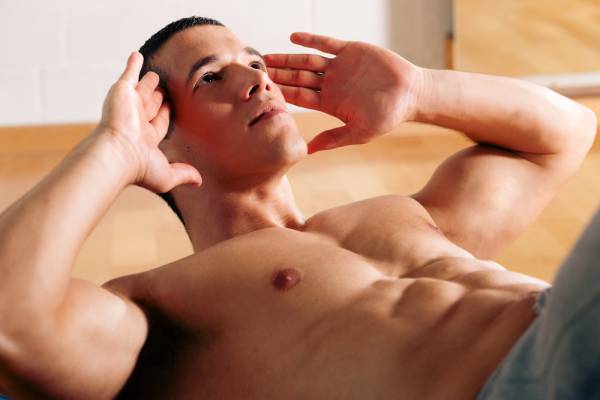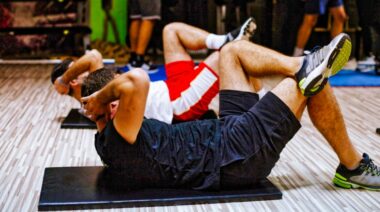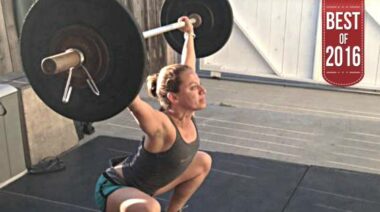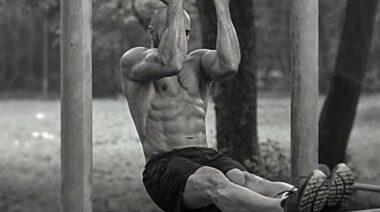Training the “core” is purportedly vital if you want to do anything nowadays: being able to better perform household chores, improve athletic performance, own a rock-hard mid-section, and prevent injuries to name a few. Because the “core” has been a buzzword in the strength and fitness arena for a number of years now, it has spawned the development of numerous gadgets and programs that address it. I’ve read so much on this topic that it seems if you don’t work your “core” you will be at a disadvantage when you rake leaves, spike volleyball, or enter a bodybuilding competition.
So, what’s the deal with all this core talk?
First of all, there isn’t one universal definition of what exactly the core is. Is it solely the abdominals, obliques, and lumbar (low back) muscles? Does it include the gluteals and thoracic (mid-back) muscles? What about the “core” regarding the intricate connection between the upper body and lower when a transfer of force or power is an issue?
No one can truly define EXACTLY what the core is, but at least we know the muscles at, near, or around the core are probably important due to all the attention given to it. That stated – and more practically – what specific exercises should be done to improve core ability, stability, functionality, transferability, ad nauseam? It can be completely mystifying, but it does not have to be that way.
In terms of the core and its relationsip to athletic performance, a study at Indiana State University attempted to develop:
- A functional field test to assess the role of core musculature and its impact on sport performance with athletes as subjects.
- A functional field test to assess how the core can transfer forces from the lower body to the upper body.
Here are the details:
25 Division I college football players performed medicine ball throws from these positions:
- Dynamic – forward, reverse, right, and left.
- Static – forward, reverse, right, and left.
The results were compared to these athletic performance measures:
- 1 repetition maximum (1RM) squat
- Squat @ kilograms/body weight
- 1RM bench press
- Bench press @ kilograms/body weight
- Countermovement vertical jump (CMJ)
- 40-yard dash
- Pro agility test
- Push press
They discovered several positive correlations between the different medicine ball throws and the performance measures. This is not surprising because all other factors being equal, the stronger, quicker, and faster one is, the greater their potential to throw a medicine ball. Thus, improved total body “ability” is paramount beyond the core only.
They concluded, therefore, that core strength has a significant effect on an athlete’s ability to develop and transfer forces to the limbs.
 In addition, they surmised that the static plank exercise is not a viable core exercise because it is non-functional; athletes never replicate that position in competition. I do not know how they determined that from this study, and this is a completely different discussion because it entails the principles of motor learning and specificity.
In addition, they surmised that the static plank exercise is not a viable core exercise because it is non-functional; athletes never replicate that position in competition. I do not know how they determined that from this study, and this is a completely different discussion because it entails the principles of motor learning and specificity.
Although this is just one of many studies on the core and its relationship on athletic performance, the take home message is very simple: because optimal athletic performance is contingent upon many factors – total body strength, quickness, speed, endurance, etc. – make sure your training program is comprehensive. Spend time training the core with time-proven flexion, extension, and rotational mid-section exercises, but don’t over-emphasize them at the expense of other exercises and physical qualities.






